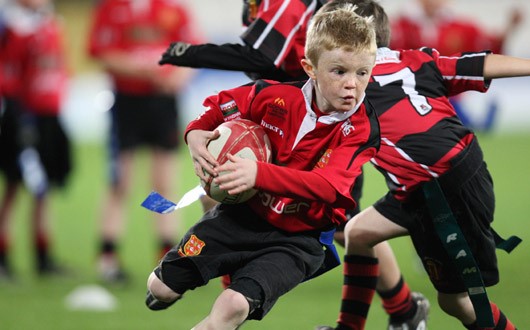Stability Movement Skills
Stability movement skills form the basis for all other locomotor and manipulative skills because all movement involves an element of stability. To appreciate the importance of stability we can quickly reflect on the early reflexive period (infancy) where the child had a very stable core (tummy) as they create many and varied grasping, pulling and reaching movements with their arms and hands and legs and feet. All these reflexive patterns and movements can be considered core training. Ever since birth, the baby and child have been training and getting ready for the day that they would be challenged by more demanding physical tasks.

Stability movement skills are those which focus on acquiring and maintaining static and dynamic balance. Static balance is seen for example when the child tries to maintain a position of balance without moving as in a single-leg balance test. Dynamic balance is seen in movement for example, where a child may side-step to evade an oncoming child. Many sports place a premium on gaining or maintaining one's balance and dynamic balance is often more important than static balance in rugby skills. Both static and dynamic balance need to be trained to produce a well-rounded player. Movements such as reaching, twisting, turning, bending, and stretching are fundamental stability abilities, as are lifting, carrying, pushing, and pulling. Within rugby, stability and balance is crucial in nearly every aspect of the game. Kicking requires balancing on one leg, sidestepping or evading tackles require very good dynamic balance and adjusting the body to successfully make a tackle requires stability and balance.
Some drills and exercises that can be used to develop stability movement skills are highlighted in the following videos.
Single-leg static balance – Have the child stand on one leg and maintain a steady, balanced, posture for 10 seconds, repeat on each side. To progress have the child reach, grab or touch various body parts while balancing.
Single-leg static balance with catching and throwing - Have the child stand on one leg and maintain a steady, balanced, posture for 10 seconds, challenge the child by passing a ball to them and getting them to catch it and pass it back, repeat on each side.
Immovable rock – get the player to support their weight on their hands and feet. They then have to maintain this position whilst another child tries to push or pull them over.